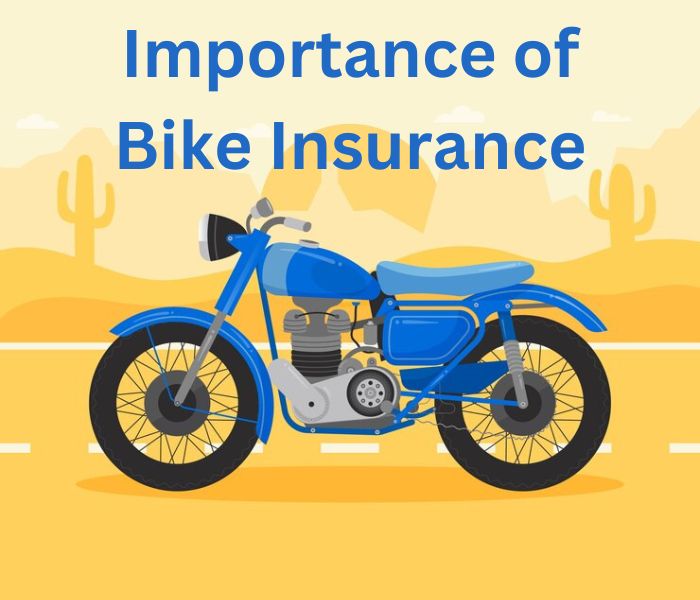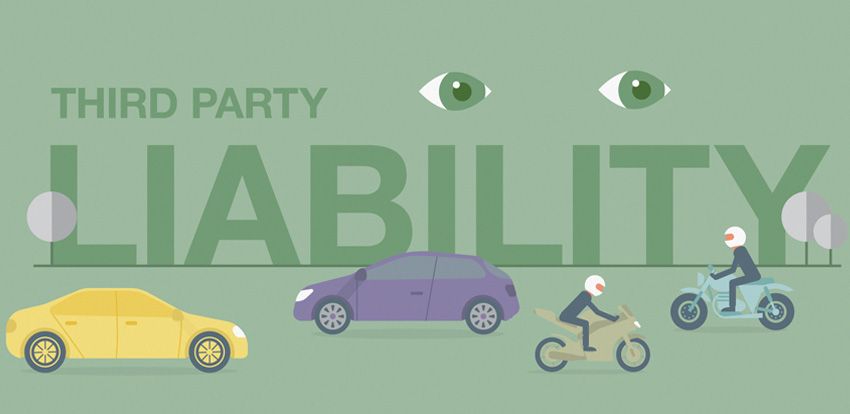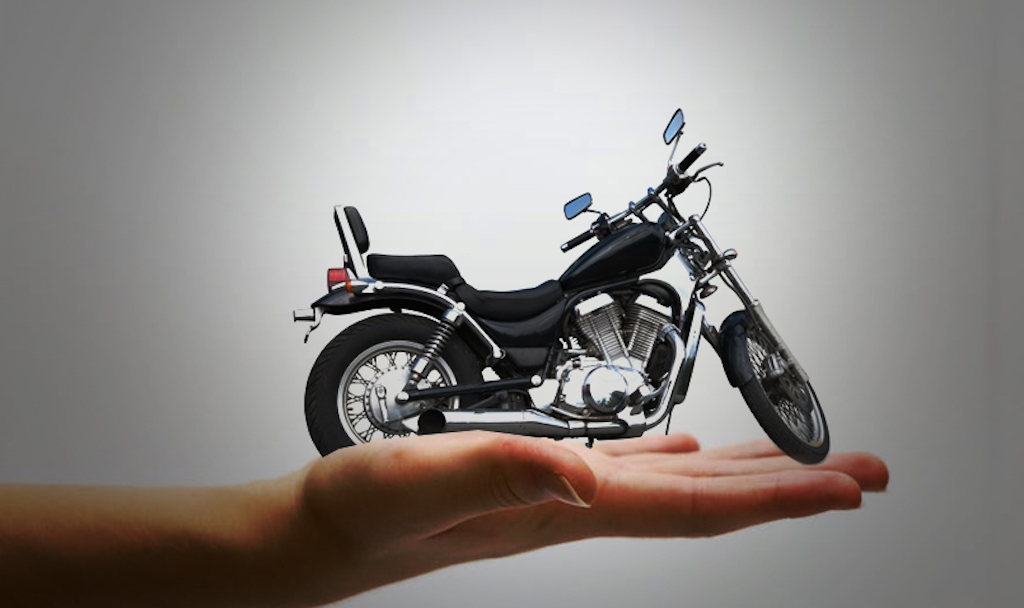Owning a bike comes with great freedom and excitement, but also responsibilities — one of the most crucial being protecting your bike with the right insurance. Whether you use your bike for daily commuting, weekend rides, or competitive racing, bike insurance can shield you from financial losses due to accidents, theft, damage, or third-party liabilities.
But with numerous insurance providers and a variety of plans available, choosing the best bike insurance policy can be confusing. This guide walks you through everything you need to consider to make an informed decision, covering the types of bike insurance, essential features, policy comparisons, and tips for maximizing benefits.
Key Takeaways
- Mandatory but flexible: Third-party insurance is compulsory, but comprehensive plans offer better protection.
- Know your coverage: Understand what’s included and excluded before purchasing.
- Compare wisely: Look beyond premiums to claim settlement ratios and customer reviews.
- Customize: Use add-ons like zero depreciation and roadside assistance for enhanced security.
- Maintain no-claim bonus: Avoid unnecessary claims to save on premiums.
- Check network garages: For cashless and smooth claim experience.
- Renew and review: Update your policy to match changing needs and new risks.
Why Is Bike Insurance Important?

When it comes to owning and riding a bike, insurance is not just a formality—it’s a crucial safeguard that protects you, your bike, and others on the road. Understanding why bike insurance is important will help you appreciate its value beyond just fulfilling legal requirements.
Legal Requirement
In many countries and regions, it is mandatory by law to have at least a third-party insurance policy if you intend to ride a bike on public roads. This legal obligation ensures that if you cause damage or injury to others, there is a financial mechanism in place to compensate the affected parties. Riding without insurance in such jurisdictions can lead to fines, legal penalties, or even suspension of your license and registration.
- Third-party insurance protects only the other party involved in an accident, not your bike.
- Governments mandate this to promote responsible vehicle ownership and safeguard public interest.
- Law enforcement authorities routinely check for valid insurance during traffic stops and vehicle inspections.
Financial Protection Against Damage or Theft
Bikes, especially high-end models, can be costly to repair or replace. Accidents, theft, natural disasters, or vandalism can result in significant out-of-pocket expenses. Having bike insurance—particularly a comprehensive policy—helps cover these financial risks.
- Repair costs: If your bike sustains damage in a collision or from external events like floods, fires, or storms, insurance helps cover repair bills.
- Theft protection: Bikes are often a target for theft. Insurance can reimburse you for the market value of your bike if stolen and unrecovered.
- Without insurance, you would have to bear the full cost yourself, which could be financially devastating.
Liability Coverage for Injuries and Property Damage
If you are involved in an accident where you cause injury to another person or damage to their property, you could face significant legal and financial liabilities. Bike insurance policies generally include third-party liability coverage to protect you from these risks.
- Covers medical expenses, legal fees, and compensation claims filed by victims.
- Protects your personal assets from being seized to pay damages.
- This coverage is critical, as medical costs and legal settlements can be exorbitant and beyond what most individuals can afford.
Peace of Mind for Riders
Riding a bike comes with inherent risks, from accidents to theft or damage. Proper insurance provides a sense of security that you are financially protected against unexpected events. This peace of mind allows you to enjoy your rides without constant worry about potential losses.
- Enables confident riding knowing that mishaps won’t lead to overwhelming financial burdens.
- Quick claim settlement processes mean you can get back on the road faster after incidents.
- Comprehensive coverage including add-ons like roadside assistance adds convenience during emergencies.
Encourages Responsible Riding and Ownership
Having insurance encourages riders to be more responsible and cautious on the road. Knowing that coverage is in place promotes adherence to traffic laws and safety measures.
- Some insurers offer no claim bonuses (NCB), rewarding careful riders with premium discounts.
- Riders may also invest in anti-theft devices and better maintenance practices to reduce risks.
Types of Bike Insurance Policies
Understanding the different types of bike insurance policies available is crucial to selecting the one that best fits your needs. Each type offers varying levels of coverage, benefits, and costs. Let’s break down the main categories in detail:
Third-Party Liability Insurance

What it Covers:
Third-party liability insurance is the most basic and mandatory form of bike insurance in many countries. This policy provides coverage for any damages or injuries you may cause to other people or their property while riding your bike. This includes:
- Bodily injury or death caused to third parties in an accident.
- Damage to other vehicles, buildings, or any property belonging to others.
- Legal defense costs arising from claims filed by third parties.
What it Doesn’t Cover:
- Damage to your own bike.
- Theft or loss of your bike.
- Medical expenses for yourself or passengers.
Legal Aspect:
Most jurisdictions require at least this level of insurance to operate your bike legally on public roads. Riding without third-party insurance can result in heavy fines, license suspension, or even legal action.
Cost:
Because it offers limited coverage, third-party insurance usually has the lowest premiums, making it affordable but providing only minimum protection.
Comprehensive Bike Insurance
What it Covers:
Comprehensive insurance offers a broad scope of protection and is the most popular choice among bike owners who want extensive coverage. It includes:
- Third-party liability coverage.
- Damage to your own bike due to accidents, theft, fire, vandalism, or natural disasters (such as floods, earthquakes, and storms).
- Personal accident coverage for the rider.
- Medical expenses related to bike accidents (depending on the insurer and plan).
- Damage due to third-party negligence or hit-and-run incidents.
Additional Benefits:
- Covers repairs or replacement of damaged parts.
- Coverage extends to insured accessories installed on the bike.
- Often includes benefits like emergency roadside assistance and towing.
Cost:
Comprehensive policies carry higher premiums compared to third-party insurance, reflecting the wider protection they provide. However, the additional peace of mind often justifies the extra cost, especially for new or expensive bikes.
Personal Accident Cover
What it Covers:
Personal accident insurance protects the rider by providing compensation in the event of injuries or death resulting from a bike accident. This can include:
- Medical expenses and hospitalization.
- Disability benefits if the rider suffers partial or permanent disability.
- Death benefits to the rider’s family in case of fatal accidents.
Standalone or Add-on:
Personal accident cover can be purchased as a standalone policy or added to your comprehensive bike insurance plan as a rider. Including it as part of your bike insurance usually offers better rates and convenience.
Zero Depreciation (Return to Invoice) Cover
What it Covers:
Zero depreciation insurance, also known as “return to invoice” cover, ensures that during a claim for damages, the insurer reimburses the full cost of replaced parts without deducting depreciation. Normally, insurers deduct depreciation based on the age and usage of the parts, which lowers your claim amount.
Who Needs It:
- This add-on is especially valuable for owners of new or high-value bikes, where parts replacement costs are significant.
- It helps in receiving a higher claim settlement, reducing out-of-pocket expenses during repairs.
Benefits:
- Full claim on parts such as engine, tyres, battery, etc.
- Often combined with comprehensive insurance for enhanced protection.
Add-on Covers
Insurance companies offer a variety of add-on covers to customize your policy according to your specific needs. These add-ons extend protection beyond the standard scope and can greatly enhance your insurance benefits:
- Engine Protection Cover: Covers repairs or replacement of engine parts damaged due to water ingress or mechanical breakdown.
- Roadside Assistance: Provides help during emergencies like breakdowns, flat tires, or battery failures, including towing services.
- Consumables Cover: Covers the cost of items like engine oil, nuts, bolts, and other small consumable parts damaged during an accident.
- Daily Allowance/Transport Allowance: Provides a daily allowance to cover transportation costs or bike rental while your bike is under repair.
- Loss of Personal Belongings: Covers theft or damage to personal items kept on the bike (like helmets, mobile phones, or bags).
- NCB (No Claim Bonus) Protection: Allows you to make one or more claims without losing your accumulated no claim bonus discount.
Customization:
By choosing suitable add-ons, you can tailor your bike insurance policy to fit your lifestyle, bike usage, and budget. This flexibility is important for riders who want comprehensive security without overpaying for unnecessary coverage.
How to Choose the Best Bike Insurance Polic
Selecting the best bike insurance policy involves much more than simply choosing the cheapest option available. Your goal is to find a policy that provides optimal protection for your bike, fits your budget, and offers reliable support when you need it most. Below are critical factors to carefully consider before making your choice:
Assess Your Coverage Needs
Understanding your personal situation and the value of your bike will help you determine what type of coverage suits you best.
- Bike’s Value:
- For new or high-value bikes, comprehensive insurance with add-ons such as zero depreciation cover is highly recommended. This ensures you receive maximum claim benefits with minimal deductions.
- For older or low-value bikes, third-party liability or basic comprehensive plans might suffice.
- Usage Patterns:
- If you use your bike daily for commuting, you may want coverage that protects against frequent wear and tear, along with add-ons like roadside assistance.
- Bikes used occasionally or for leisure might need less extensive policies but still with essential protections.
- Risk Exposure:
- Consider the local environment: Is your bike in a high-theft area? Are accidents common in your region?
- Weather conditions such as floods or storms might warrant adding natural disaster coverage.
Compare Policy Features

Every insurance policy has different inclusions, exclusions, and optional add-ons. Review these features carefully:
- Coverage Extent:
- Does the policy cover theft, accidental damage, natural disasters, personal accident, and third-party liability?
- Some policies exclude certain parts or conditions, so ensure coverage matches your concerns.
- Add-on Options:
- Look for policies that allow customization with add-ons like engine protection, roadside assistance, consumables cover, and more.
- Add-ons can significantly improve your protection without having to purchase a separate policy.
- Exclusions:
- Understand what is not covered—for example, cosmetic damages, electrical faults, or damage from certain types of accidents.
- Being aware helps avoid unpleasant surprises during claims.
Review Premiums and Deductible
Balancing premium cost and out-of-pocket expenses is key to managing your overall insurance costs:
- Premium:
- This is the amount you pay periodically (monthly or annually) for your bike insurance coverage. Premiums vary based on bike model, coverage type, location, and add-ons chosen.
- Deductible/Excess:
- This refers to the portion of the claim amount you must pay yourself before insurance benefits apply.
- A lower premium often comes with a higher deductible, meaning more upfront costs if you claim.
- Balance:
- Evaluate your budget and risk tolerance. Sometimes, paying a slightly higher premium can save you money in the long run by reducing your deductible and ensuring smoother claim processing.
Check Claim Settlement Ratio and Process
One of the most important indicators of an insurer’s reliability is their ability to settle claims efficiently:
- Claim Settlement Ratio (CSR):
- This metric shows the percentage of claims an insurer successfully pays out in a given year.
- A higher CSR generally means the insurer is more dependable and transparent.
- Claim Process:
- Look for insurers with streamlined, hassle-free claims processes.
- Features like online claim filing, quick approvals, and cashless garage tie-ups significantly enhance convenience.
Verify Network Garages
Your choice of insurer should consider the availability and quality of garages where your bike can be repaired:
- Convenience:
- Insurers with a wide network of authorized, cashless garages allow for quick and cost-effective repairs without upfront payments.
- Quality:
- Check whether these garages maintain high repair standards and have good reviews from customers. Poor repair work defeats the purpose of insurance.
Customer Reviews and Reputation
The insurer’s reputation matters just as much as their policy offerings:
- Reliability:
- Research customer reviews and ratings on service quality, transparency, and claim settlements.
- Platforms like Trustpilot, Google Reviews, or insurance forums provide valuable insights.
- Customer Support:
- Choose insurers that offer 24/7 helplines, dedicated claim support, and mobile apps for better user experience.
- Fast, empathetic support can make a big difference when you need assistance after an accident.
Legal and Regulatory Compliance
Ensuring your insurer complies with local laws and regulations protects you from future headaches:
- Check Registration:
- Verify that the insurance company is registered and regulated by the government insurance authority or regulatory body in your country.
- Policy Documentation:
- Carefully review the policy wording to ensure clarity, absence of ambiguous clauses, and compliance with local insurance laws.
- If possible, consult an insurance expert or legal advisor to clarify any doubts.
Common Add-ons to Consider
Customizing your bike insurance with add-ons can greatly improve protection:
- Zero Depreciation Cover: Full claim on parts replacement without depreciation.
- Roadside Assistance: Help during breakdowns or emergencies.
- Engine Protection: Covers damages to the engine or gearbox.
- Consumables Cover: For replacing oil, nuts, bolts, etc. after an accident.
- Personal Accident Cover: Enhanced cover for rider injuries.
- Return to Invoice Cover: Insurer pays the full original invoice value if the bike is totaled or stolen.
How to Lower Your Bike Insurance Premium
- No Claim Bonus (NCB): Discounts for claim-free years.
- Increase Deductibles: Opt for higher deductibles to reduce premium.
- Secure Parking: Use garages or secured areas to lower theft risk.
- Anti-theft Devices: Install GPS trackers or locks to qualify for discounts.
- Choose Usage Wisely: Declare realistic mileage; lower use can reduce premiums.
Steps to Buy the Best Bike Insurance
| Step | Description | Tips/Considerations |
|---|---|---|
| Research | Compare bike insurance policies online or consult insurance agents. | Use comparison websites, read reviews, and ask for recommendations. |
| Understand Terms | Carefully read the policy wording, including coverage, exclusions, and claim procedures. | Pay special attention to deductibles, coverage limits, and exclusions. |
| Customize Add-ons | Select additional covers such as zero depreciation, roadside assistance, or personal accident cover based on your needs and budget. | Choose add-ons that provide meaningful protection without inflating premiums unnecessarily. |
| Buy Online or Offline | Purchase your policy either online for convenience and potential discounts, or offline through an agent for personalized advice. | Online buying is faster and often cheaper; agents can help clarify doubts. |
| Keep Documents Ready | Prepare necessary documents like vehicle registration, driver’s license, identity proof, and previous insurance details. | Having documents handy speeds up the buying and claim process. |
| Review Policy Annually | Regularly review and update your bike insurance to adjust coverage, add or remove add-ons, or switch insurers for better deals. | Ensure your policy stays relevant to your bike’s condition and your needs. |
Also Read : What Does Insurance GHI Cover?
Conclusion
Choosing the best bike insurance policy requires careful evaluation of your needs, understanding policy features, and comparing options. Don’t just opt for the cheapest plan; instead, seek comprehensive coverage that provides real value and peace of mind. Paying attention to claim settlement ratios, customer service, and add-ons can save you from hassles and financial burdens later.
Always keep your insurance documents handy, update your policy regularly, and maintain safe riding habits to enjoy the benefits of your insurance fully. Remember, the right bike insurance is not just a legal formality but a smart investment to protect your prized possession and yourself.
FAQs
1. Is bike insurance mandatory?
Yes, in most countries, third-party bike insurance is mandatory by law to protect others from damages or injuries caused by your vehicle.
2. What is the difference between third-party and comprehensive bike insurance?
Third-party covers liability for damages/injuries to others only. Comprehensive covers that plus damages to your own bike from accidents, theft, and other risks.
3. Can I transfer my bike insurance to a new owner?
Yes, bike insurance policies can be transferred to a new owner upon sale, but you need to inform the insurer and complete the transfer process.
4. What factors influence bike insurance premiums?
Bike model, age, engine capacity, rider’s age and experience, location, claim history, and add-ons all affect premium amounts.
5. How does the No Claim Bonus (NCB) work?
If you don’t make any claims during a policy year, you receive a discount on the next year’s premium, which can accumulate up to a certain limit.
6. Are accessories like helmets covered under bike insurance?
Some insurers cover accessories under add-ons, but generally helmets and personal gear are not covered unless explicitly mentioned.
7. What documents are needed to file a claim?
Usually, you need the insurance policy, bike registration certificate, driving license, FIR (in case of theft/accident), repair bills, and claim form.


